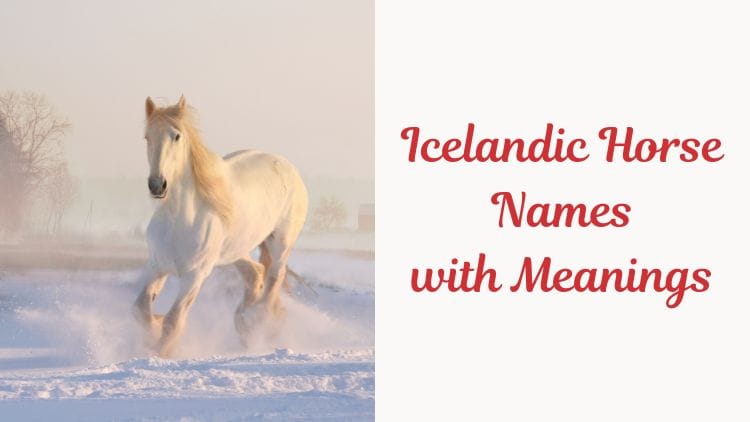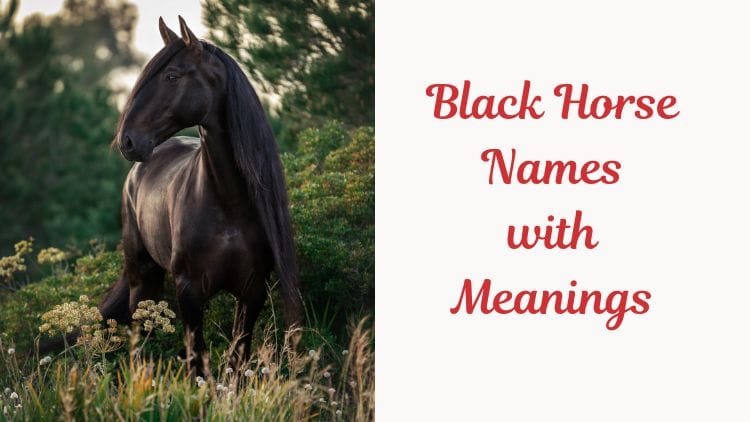The Ultimate Guide to Naming Your Horse: Step-by-Step Tips

Naming a horse is a personal and exciting process. Whether you’ve just purchased a new horse or are adopting one, the name you choose will reflect their personality, appearance, and the bond you share.
A great name not only suits the horse but also feels meaningful to you. This ultimate guide about how to name a horse will walk you through the process of selecting the perfect name step by step, complete with practical tips and examples.

Step 1: Get to Know Your Horse
Before choosing a name, spend some time observing your horse. Learn about their personality, habits, and quirks. A name that reflects their individuality will feel more special.
Examples:
- If your horse is playful and energetic, you might consider names like “Sparky” or “Bolt.”
- For a calm and regal demeanor, names like “Majesty” or “Grace” might suit better.
Take note of their physical appearance as well:
- A white horse could inspire names like “Snow” or “Ivory.”
- A horse with spots might suit “Freckles” or “Dot.”
Step 2: Decide on a Theme
Choosing a theme can help narrow down your options. Themes can be based on anything meaningful to you, such as nature, mythology, pop culture, or even food.
Nature-inspired names:
- “Willow” (for a graceful horse)
- “Blaze” (for a horse with fiery energy)
Mythological names:
- “Pegasus” (if your horse reminds you of the legendary winged horse)
- “Athena” (for a wise and strong mare)
Food-related names:
- “Mocha” (for a brown horse)
- “Sugar” (for a sweet and gentle horse)
Step 3: Consider Your Horse’s Breed and Origin
Many horse breeds have distinct histories and cultural ties that can inspire names. Research your horse’s breed to find ideas that honor their heritage.
Examples:
- For an Arabian horse, you might choose names like “Sahara” or “Aziza.”
- For a Scottish Highland pony, names like “Loch” or “Heather” could work.
- A Friesian horse could suit elegant names like “Raven” or “Eclipse.”
Step 4: Brainstorm and Shortlist Names
Now that you have some ideas, start brainstorming. Write down every name that comes to mind, even if it seems silly at first. Once you have a long list, begin narrowing it down based on your preferences and what feels right for your horse.
Tips for brainstorming:
- Use online name generators for inspiration.
- Look up names in different languages that fit your theme.
- Ask friends and family for their suggestions.
Step 5: Test the Name
Once you’ve shortlisted a few names, try saying them out loud around your horse. Observe how they react. Sometimes, the perfect name will feel natural and click instantly.
Examples:
- If you’re considering “Storm,” say it in different tones (“Storm! Good boy!” or “Come on, Storm”). Does it roll off your tongue easily?
- Make sure the name doesn’t sound too similar to common commands like “Whoa” or “No.”
Step 6: Check for Uniqueness
If you plan to register your horse with an association or participate in competitions, ensure the name is unique and complies with any naming rules. Some registries have specific guidelines or restrictions, so check in advance.
Step 7: Choose a Barn Name (Optional)
Many horse owners opt for a barn name, which is a simpler or shorter version of the horse’s official name. This can be helpful if the official name is long or formal.
Examples:
- Official name: “Silver Shadow”; Barn name: “Shadow.”
- Official name: “Majestic Starfire”; Barn name: “Star.”
Step 8: Make It Official
Once you’ve chosen the perfect name, start using it consistently. Introduce your horse to others using their new name, and reinforce it during bonding and training sessions. The more you use it, the quicker your horse will recognize it.
Bonus Tips for Horse Naming
- Avoid overly complicated names. A name that’s too long or difficult to pronounce can become cumbersome.
- Think about longevity. Choose a name that will suit your horse as they grow and mature.
- Avoid common names in your stable. This helps prevent confusion when working with multiple horses.
- Use inspiration from favorite books, movies, or songs. For example, a Harry Potter fan might name their horse “Hedwig” or “Nimbus.”
Final Thoughts
Naming your horse is a personal journey, and there’s no right or wrong choice. The best name is one that feels meaningful and captures your horse’s essence.
Take your time, involve others if you’d like, and trust your instincts. By following this guide, you’ll find the perfect name for your equine companion—one that you’ll cherish for years to come.
Happy Naming!






